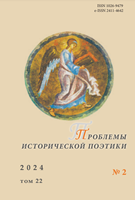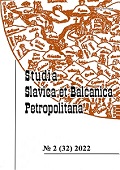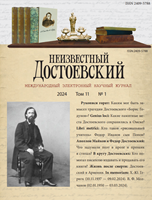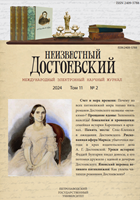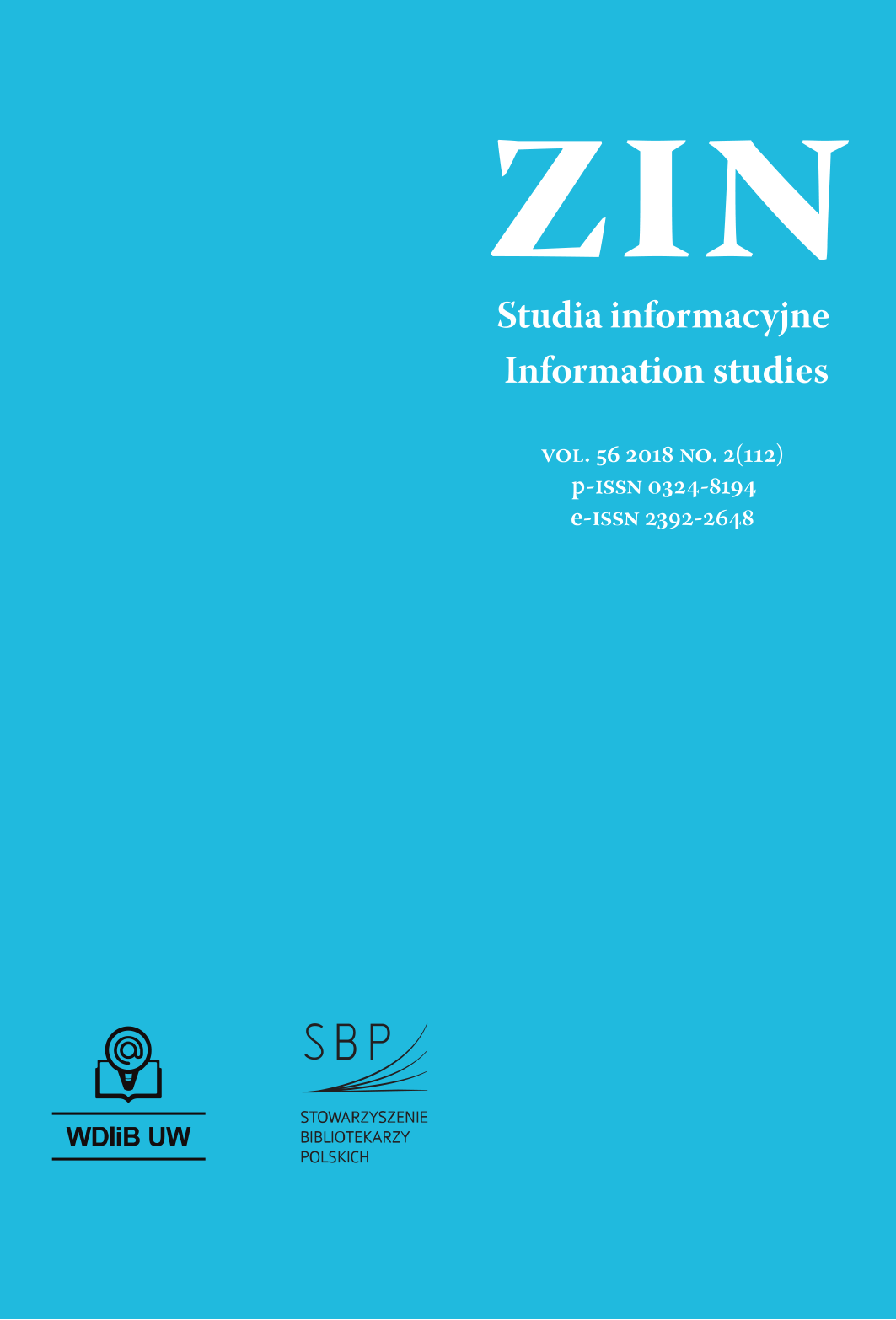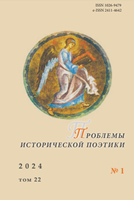
Христианская аксиология героев романа В. С. Гроссмана «Жизнь и судьба»
V. S. Grossman’s dilogy “For a Just Cause” and “Life and Fate” may well be considered part of the Soviet literature corpus, but it can also be analyzed in the context of the “big time” of Russian culture, which is proposed in this work. The Battle of Stalingrad is reflected in the family history of Alexandra Vladimirovna Shaposhnikova. The novel “For a Just Cause” begins with a family celebration in her house before the attack of the enemy army and with the household’s plans for the alarming future. “Life and Fate” ends with a meeting of her loved ones before returning to a peaceful life, when it’s time to reflect on the losses and gains. Continuing Tolstoy’s tradition of emphasizing the spiritual evolvement of man in war, Grossman is guided by the national identity categories that date back to the opposition of Law and Grace. In the novel “For a Just Cause” the description of the military-historical trials of the Orthodox people comes to the fore, while “Life and Fate” is about the gracious influence of the Holy Spirit on the destinies of the world and man. In the “big time” of Russian culture, the actualization of the artistic installations of “socialist realism” in the first part does not matter, as does the reduction of the second book to military subjects or to the issue of freedom in the legalistic field, on the verge of lawlessness. The results of the heroes’ life quests are conditioned by the value orientations that dominate their minds: for the humble fulfillment of what fate has ordained and for a gracious personal evolvement.
More...
